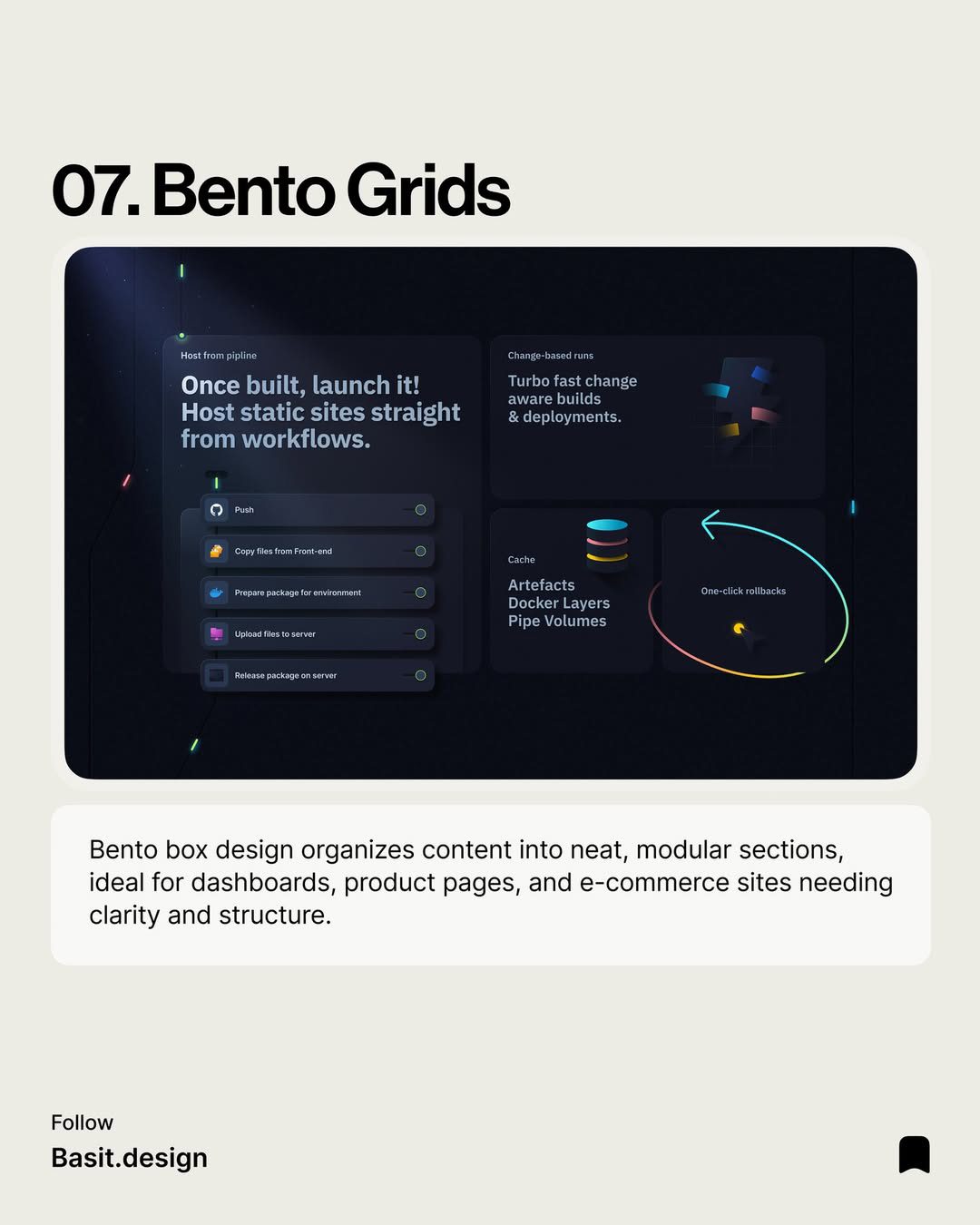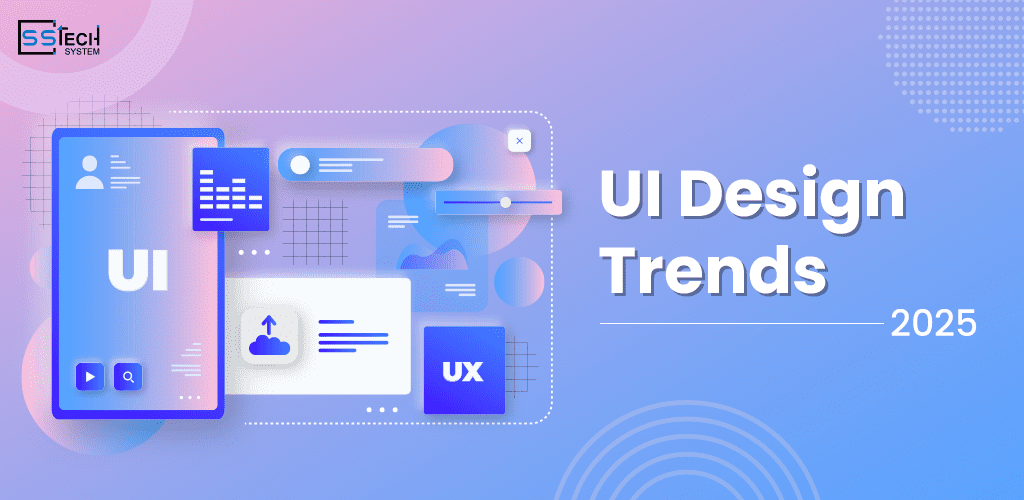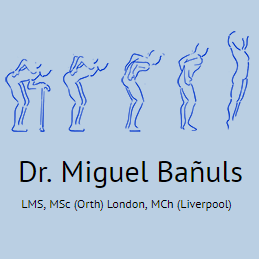As we look ahead to UI design trends 2025, the evolution of user interface design is poised to create more engaging experiences than ever before. This year, designers are emphasizing innovative approaches that prioritize not only aesthetic appeal but also functionality and accessibility. Key trends such as adaptive color systems, spatial interfaces, and micro-personalization are shaping how users interact with digital products. These advancements are not merely enhancements; they represent a significant shift toward creating user-centric designs that accommodate individual preferences and needs. With accessibility-first design becoming a standard, it’s clear that 2025 will mark a pivotal year in crafting inclusive and impactful user experiences.
In the dynamic realm of digital design, the upcoming shifts in user interface (UI) aesthetics and functionality are revolutionizing the industry. The trends anticipated for 2025 capture a wide spectrum of innovations in interactive design, showcasing methods that enhance user engagement while promoting inclusivity. Concepts like adaptable color schemes that react in real-time, three-dimensional spatial interactions, and tailored user experiences through micro-personalization illustrate this transformation. The growing focus on accessibility-first practices highlights the industry’s commitment to catering to all users, ensuring that design isn’t just about beauty but also about usability. This vibrant landscape of evolving design philosophies sets the stage for a new era in user interface design.
The Evolution of UI Design in 2025
User interface design has undergone astonishing transformations in recent years, reflecting the rapidly changing technological landscape. In 2025, it’s evident that UI design is no longer just about aesthetic appeal; it’s about creating seamless, efficient experiences that engage users at multiple levels. The Annual Design Survey by UX Planet reveals a compelling statistic: 78% of companies have boosted their UI design budgets, highlighting an industry-wide recognition of the importance of exceptional interfaces. Such investment catalyzes innovation across sectors, yielding interfaces that balance visual allure with functionality and accessibility.
This year, designers are witnessing the fruits of their labor as modern UI examples illustrate how intentional design choices can substantially impact user interaction. Research suggests that well-executed UI designs can elevate conversion rates by as much as 34%. This correlation underscores the necessity for designers to not only keep pace with evolving trends but also to anchor their designs in user-centered principles, ensuring they resonate with their audience while maintaining a standard of excellence.
Top UI Design Trends 2025
As we delve into the prevalent design trends of 2025, it’s crucial to note that adaptation is at the heart of successful design. One significant trend is the rise of adaptive color systems, which allow applications to change color schemes based on user interactions, environmental conditions, and even time of day. This shift towards dynamic color usage brings a degree of personalization that was previously absent from static designs. The Adobe Design Census indicates that 67% of top-tier applications have already integrated some form of this trend, making it a vital aspect of the UI landscape.
Moreover, the emergence of spatial interfaces represents another notable trend this year. By incorporating depth and perspective into flat designs, these interfaces enhance navigation intuitiveness in various applications, from banking to data visualization tools. They allow users to feel a sense of hierarchy and organization, steering them toward important features without overwhelming them with visual clutter. Such trends not only denote a leap in design thinking but also pave the way for creating more enriching user experiences.
Conversational UI Patterns
One of the standout innovations in UI for 2025 is the rise of conversational design patterns. This approach aims to make user interfaces more relatable and human-like by employing chat-like elements and natural language processing. The Global UI Trends Report indicates that incorporating conversational elements into applications can speed up task completion by 28%. This remarkable efficiency highlights how effectively designed conversational UIs can simplify user interactions.
Businesses are taking note of this trend, with 82% of new applications featuring some form of conversational UI implementation. This shift is not merely about aesthetics; it substantially increases usability and user satisfaction. By mimicking human conversation, these interfaces invite users to engage more deeply, enhancing their overall experience and fostering a sense of connection with the application.
Ethical Friction in UI Design
Another critical trend emerging in 2025 is the concept of ethical friction, where designers intentionally introduce resistance at pivotal moments. Unlike the outdated philosophy of frictionless design, ethical friction encourages users to pause and consider their choices, leading to more mindful interactions. For instance, applications now include confirmation dialogs prompting users to think before finalizing purchases or features that alert users about excessive usage.
This thoughtful approach signifies a growing responsibility among designers to contribute positively to user behavior. It reflects an awareness that by creating space for deliberation, designers can foster healthier user habits and prevent potential regrets, ultimately enhancing user satisfaction and trust in the application.
Micro-Personalization in UI Designs
In a world where personalization reigns supreme, micro-personalization in UI design has emerged as a game-changer. Interfaces are increasingly tailored to respond to individual user behaviors, preferences, and needs, replacing the one-size-fits-all approach of the past. The integration of smart algorithms that identify user patterns enables applications to adjust dynamically, ultimately fostering a more engaging overall experience.
Research from the Interface Design Institute supports this trend, revealing that micro-personalized interfaces can boost user retention rates by as much as 43%. Such staggering numbers indicate that industries ranging from finance to healthcare are adopting these personalized strategies, seeking to enhance user loyalty through tailored experiences. This trend reinforces that understanding user nuances is integral to successful design in today’s competitive marketplace.
The Role of Ambient Interface Elements
Ambient interface elements are making waves in UI design as we progress through 2025. These features subtly provide context without demanding peak user attention. By conveying information about status and progress through understated visual cues, ambient elements manage to enhance user experience without overwhelming it. For instance, a simple color change in response to system status can keep users informed without necessitating direct interaction.
This shift signifies a growing understanding among designers that not all information need be front and center to be effective. Programming more subtle interactions allows for a more organic experience where users can engage with their environment while remaining aware of essential aspects of their actions.
Advancements in Gesture-Based Interfaces
The evolution of gesture-based controls has accelerated rapidly, paving the way for sophisticated touch interactions in 2025. Moving beyond mere taps and swipes, designers are now developing gesture systems that incorporate pressure sensitivity and multi-touch functionality. These advancements create a more immersive experience, enabling users to interact with applications in expressive ways that mimic their natural behaviors.
The Touch Interface Consortium has gathered compelling data indicating users can access features 36% faster via these advanced gesture systems than through traditional menus. This trend highlights the importance of gesture design in modern apps, as it not only enhances usability but also aligns more closely with how users naturally interact with the world around them.
Innovations in Semantic Interfaces
Semantic interfaces are redefining interactions by grasping the context behind user commands rather than merely reacting to direct prompts. These intelligent interfaces anticipate users’ needs based on previous behaviors and situational factors, elevating the experience to a new level of engagement. For instance, email applications that intelligently sort messages by relevance are prime examples of this thoughtful design principle in action.
Such innovations empower users by streamlining their interactions and allowing them to effortlessly access the most important information. The focus on understanding user intent not only heightens efficiency but also enhances user satisfaction, as these designs make daily tasks feel intuitive and natural.
Integrating Tangible Feedback Systems
As screen interfaces gain prominence, incorporating tangible feedback systems is becoming increasingly vital. Through advanced haptic technology, subtle animations that imitate physical interactions, and auditory cues, interfaces are transformed into multi-sensory experiences. These elements provide users with feedback that feels more real and connected, effectively blurring the lines between digital operations and physical actions.
Research from the User Experience Alliance reveals that integrating well-designed tangible feedback can decrease error rates by 24% while boosting user confidence by 31%. Such statistics reflect the growing trend of creating immersive experiences that resonate with users, further emphasizing the necessity of tangible feedback in modern UI design.
Embracing Accessibility-First Design
In 2025, the design landscape is shifting towards accessibility-first principles, recognizing that accessibility should not merely be an afterthought. Leading designers are integrating diverse user needs from the outset, crafting products that cater effectively to a wider audience. Companies focusing on accessibility-first design strategies report reaching 27% more users and enjoying 22% higher satisfaction scores.
By embedding accessibility into the core of their design processes, brands are discovering that they not only comply with legal requirements but also gain a competitive edge. This progressive move towards inclusiveness emphasizes a broader understanding of user experience, showcasing how fundamental it is to create interfaces that everyone can navigate and appreciate.

Conclusion: Embracing Change in UI Design
In conclusion, the rapid evolution of user interface design in 2025 presents both challenges and opportunities for designers aiming to create impactful products. As the landscape shifts with trends like adaptive color systems, spatial interfaces, and micro-personalization, staying informed and adaptable is critical. The investment in UI design is not only beneficial for enhancing user engagement but also essential for achieving business success. Companies that prioritize innovative and ethical design choices will likely stand out in an increasingly competitive market.
Key takeaways include:
– The importance of balancing aesthetics with functionality.
– The growing emphasis on accessibility and ethical design.
– The necessity for continuous learning and adaptation to leverage emerging trends effectively.
Moving forward, the lessons from 2025’s UI design trends suggest that designers must approach their work with a user-centered mindset, integrating new technologies while respecting user needs. By implementing design strategies that foster engagement and responsiveness, designers can create solutions that not only attract users but also retain them. Emphasizing collaboration through advanced tools will also enhance efficiency and creativity within design teams, paving the way for a more innovative approach to user interfaces in the years to come.
In summary:
– User needs must be prioritized in design planning.
– Testing with diverse user groups should guide trend adoption.
– Designers should focus on sustainability and ethical considerations in future projects.















